20.04.2023
STARSHIP FLIGHT TEST Launch
As if the flight test was not exciting enough, Starship experienced a rapid unscheduled disassembly before stage separation.



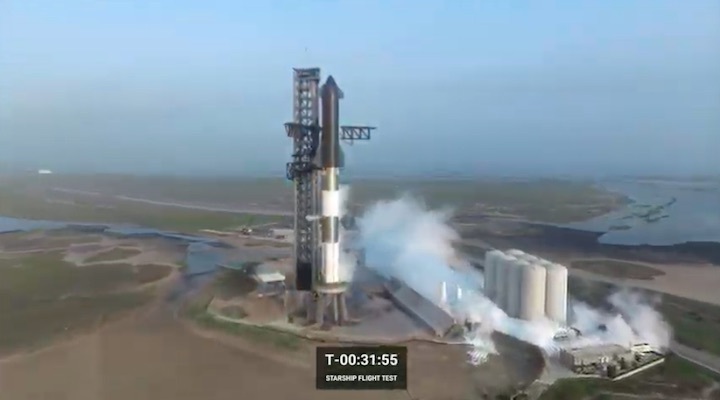


















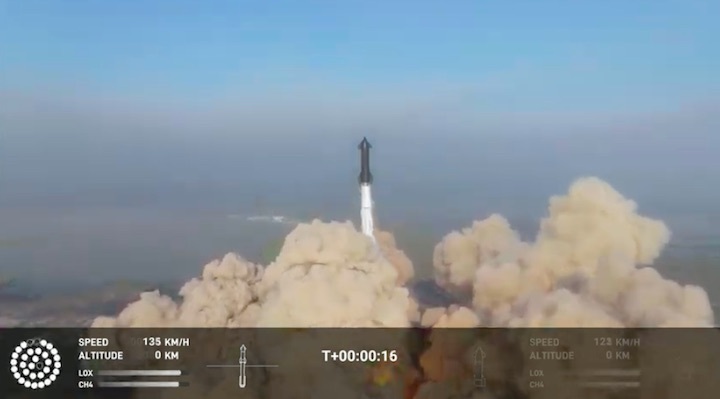

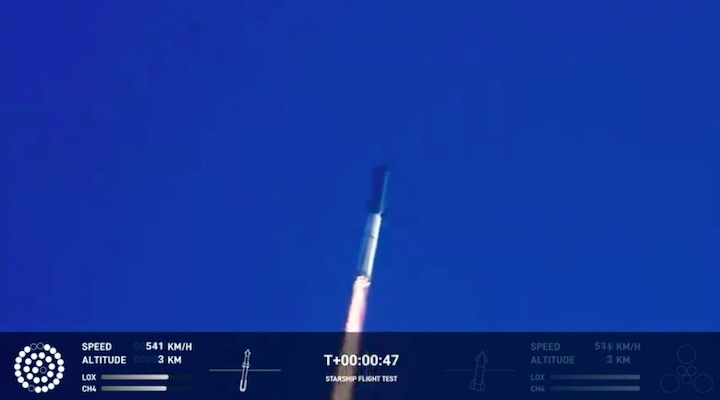
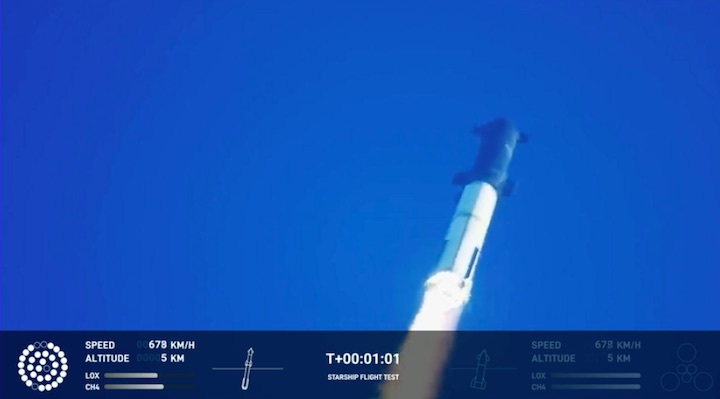







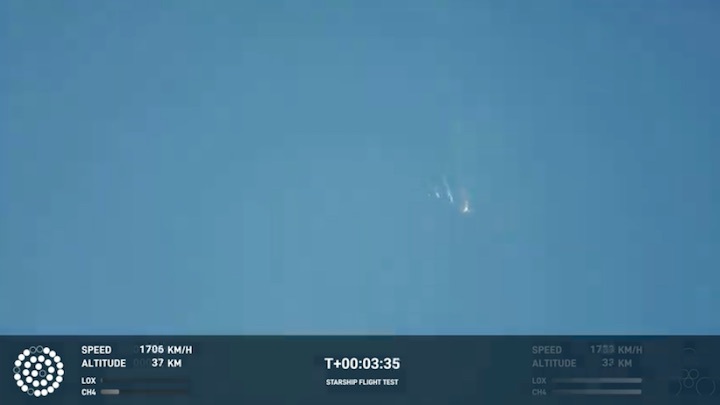



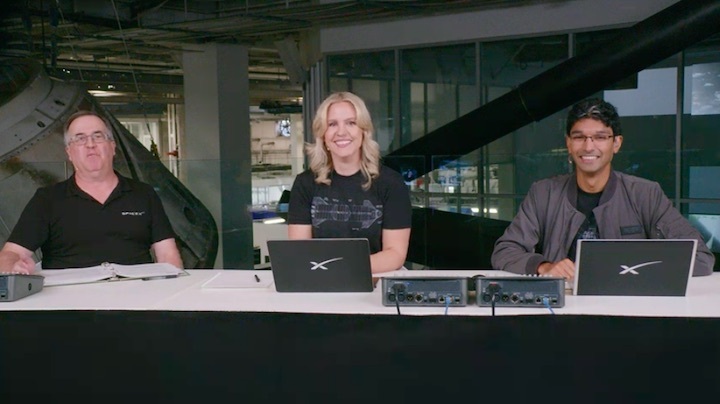

SpaceX is targeting as soon as Thursday, April 20 for the first flight test of a fully integrated Starship and Super Heavy rocket from Starbase in Texas. The 62 minute launch window opens at 8:28 a.m. CT and closes at 9:30 a.m. CT.
Starship is a fully reusable transportation system designed to carry both crew and cargo to Earth orbit, help humanity return to the Moon, and travel to Mars and beyond. With a test such as this, success is measured by how much we can learn, which will inform and improve the probability of success in the future as SpaceX rapidly advances development of Starship.
To date, the SpaceX team has completed multiple sub-orbital flight tests of Starship’s upper stage from Starbase, successfully demonstrating an unprecedented approach to controlled flight. These flight tests helped validate the vehicle’s design, proving Starship can fly through the subsonic phase of entry before re-lighting its engines and flipping itself to a vertical configuration for landing.
In addition to the testing of Starship’s upper stage, the team has conducted numerous tests of the Super Heavy rocket, which include the increasingly complex static fires that led to a full-duration 31 Raptor engine test – the largest number of simultaneous rocket engine ignitions in history. The team has also constructed the world’s tallest rocket launch and catch tower. At 146 meters, or nearly 500 feet tall, the launch and catch tower is designed to support vehicle integration, launch, and catch of the Super Heavy rocket booster. For the first flight test, the team will not attempt a vertical landing of Starship or a catch of the Super Heavy booster.
A live webcast of the flight test will begin ~45 minutes before liftoff. As is the case with all developmental testing, this schedule is dynamic and likely to change, so be sure to stay tuned to our social media channels for updates.
As we venture into new territory, we continue to appreciate all of the support and encouragement we have received from those who share our vision of a future where humanity is out exploring among the stars!

Quelle: SpaceX
----
Update: 22.04.2023
.
Explosion ends SpaceX Starship launch, but mission still successful
SpaceX's Starship, already towering over the low-lying southernmost tip of Texas, gained even more height early Thursday when it launched on its first integrated test, making it the most powerful rocket in history.
But the rocket also met a fiery end shortly after its 9:33 a.m. EDT (8:33 a.m. CDT) liftoff from the company's Starbase operations area near Brownsville, Texas. Just over three minutes into flight over the Gulf of Mexico, it became apparent the first stage Super Heavy booster and second Stage starship vehicle weren't going to separate as planned, sending the combined 400-foot stack into a tumble. It eventually broke apart and crashed into the Gulf.
SpaceX later confirmed the rocket's flight termination system, or FTS, was activated to destroy the tumbling vehicle for safety reasons.
Aside from the separation failure, it also appeared three of 33 Raptor engines failed to ignite at liftoff. Despite the hardware issues, SpaceX largely considers the mission a success – teams were initially hoping to see the rocket's engines ignite, then clear the tower. Anything else, SpaceX said, meant extra data for engineers to review.
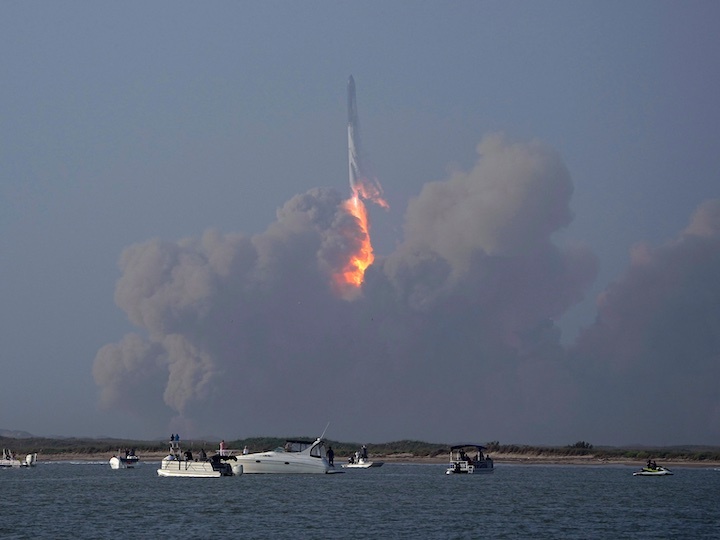
"From a milestone standpoint, our main goal is to clear the pad (meaning ascend past the 500-foot launch tower without a failure)," Kate Tice, an engineering manager at SpaceX, said during the launch webcast. "Every milestone beyond that is a bonus. The farther we fly, the more data we collect."
Had everything gone according to plan, Starship would have cleared the tower, then flown over the Gulf of Mexico. Just before the three-minute mark, Starship and Super Heavy would have separated with the latter attempting a soft water landing. Starship would have continued on to reach an altitude of about 150 miles before attempting a soft water landing of its own near Hawaii.
A previous attempt to launch Starship earlier this week was scrubbeddue to technical issues with a frozen valve in the Super Heavy booster, but technicians were able to clear the problem quickly and turn the vehicle around for another attempt 72 hours later.
"Congrats to SpaceX on Starship’s first integrated flight test," NASA Administrator Bill Nelson said in a statement. "Every great achievement throughout history has demanded some level of calculated risk, because with great risk comes great reward. Looking forward to all that SpaceX learns, to the next flight test — and beyond."
SpaceX is using Starbase, an operations and production area near Brownsville, Texas, for prototyping and building the first Starships. Low-lying and close to the ocean, the area is much like Cape Canaveral and Kennedy Space Center, especially during the Apollo days. Before SpaceX, there was no space industry presence there.
Starship, however, isn't just limited to Texas. SpaceX plans on launching the massive vehicle from pad 39A at Kennedy Space Center once the prototyping phase is over and plans shift to operational missions. Overall, the test flight showed significant progress for SpaceX, though it did also reveal some pain points.
"I would say this is within the envelope of what I expected for this launch," Jonathan McDowell, an astrophysicist at the Harvard-Smithsonian Center for Astrophysics who maintains a detailed database of launches, told FLORIDA TODAY. "This is toward the more successful end of what I expected."
Clearing the pad and its 500-foot launch tower, McDowell said, was definitely a success for SpaceX. But in the process, it did appear the launch mount and some surrounding hardware took a beating beyond what many expected. And the failure to separate first and second stages needs to be understood, too.
"It's still early days ... and you've got to wait for the failure report," McDowell said. "But it's clear they bought down a lot of risk with this launch. They showed (the Raptor engines) work and they've shown that the vehicle can get through Max-Q (the period of maximum stress on the rocket) and even fly in circles for a bit, so clearly the structural design is pretty good."
On the downside, McDowell said, "it looks like maybe the launch mount isn't as robust as it needs to be."
Starship isn't alone in that struggle. Another heavy-lift rocket that launched recently, NASA's Space Launch System, also left behind significantly more damage than anticipated after its debut mission in November. Elevator doors at KSC's pad 39B were blown off, a swath of land was scorched, and the mobile launcher was damaged beyond original estimates.
Musk sees Starship as the vehicle that will launch massive payloads to Earth orbit, take humans to the moon, and eventually settle on Mars. The vehicle is critical to deploying the company's next-generation Starlink internet satellites – necessary for increasing profitability of the internet constellation – and has been selected by NASA to help deliver Artemis program astronauts to the surface of the moon. The latter involves more than $4 billion in awards from NASA.
Back at Kennedy Space Center, meanwhile, SpaceX teams are targeting no earlier than Wednesday, April 26, for the next Florida launch. A three-core Falcon Heavy rocket is slated to fly around 7:30 p.m. EDT that evening, though timelines have not yet been finalized. Neither the two side boosters nor the center booster will be recovered after liftoff, so no local sonic booms this time.
Quelle: Florida Today
